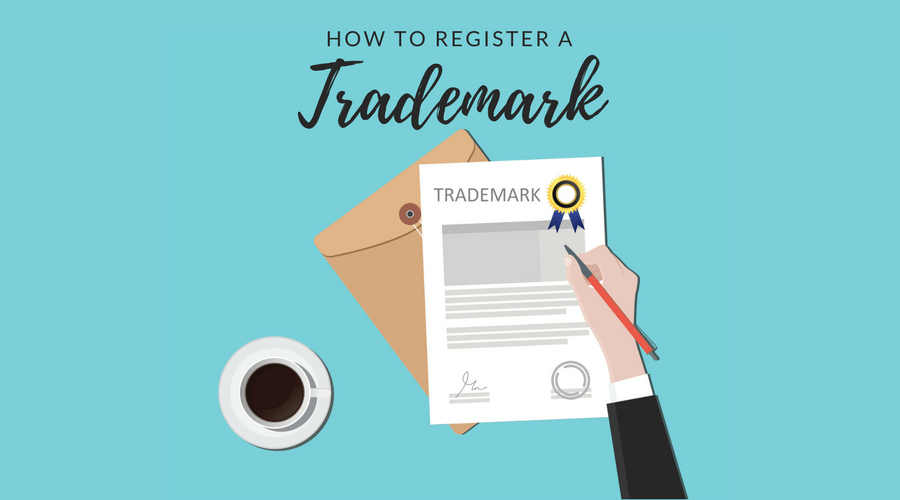How Much Should You Charge? 4 Pricing Strategies for Your Small Business

Choosing the right price for your products or services is a crucial part of starting your business. If you value your products or services too high, you run the risk of not selling enough to bring in your optimal income. On the other hand, if you charge too little, you have to sell larger quantities to maximize your revenue, which can be difficult to accomplish. When you’re setting your prices, remember that they should cover your costs, while leaving a profit.
Before you decide how much to charge, consider the following:
- At what amount are your competitors listing their items?
- How much does it cost you to make the product or perform the service?
- How big of a profit margin do you want?
- How much would you be willing to pay for your product or service?
Answering these questions will help you determine which of the following four pricing strategies is right for your small business.
1. Cost-based pricing
Cost-based pricing ensures that you cover all your costs and overhead while generating a profit.
Price = (Cost of Materials + Cost of Labor + Overhead) + Desired Profit
For example, if your materials cost $10, your labor costs $5, your overhead costs $5, and you want a 20% profit, you would charge your customers $24.
Read also: Cost of Goods Sold
2. Markup pricing
Markup pricing involves adding a predetermined amount to your cost to decide how much to charge.
For example, if you want to have a $5 markup and your costs are $10, you’d charge $15.
You can figure out your markup percentage by dividing your markup by your cost. In this case, your markup percentage would be 50%. You can also calculate your profit margin by dividing your markup by your price. In this case, your profit margin would be 33%.
3. Demand pricing
Demand pricing is based on volume and profit. You’ll charge different rates depending on the market. For example, you might consider selling to wholesalers for cheaper because they’ll generally buy more at a time. Using demand pricing takes some getting used to because you’ll have to determine what to charge to generate the optimal profit to volume ratio.
4. Competitive pricing
Competitive pricing is typically used when there’s an established market rate. In this strategy, you’ll charge the same amount as your competitors. Competitive pricing is generally used for commodity items – things that are difficult to differentiate from one another. They include things like wheat, coffee beans, and cocoa.


